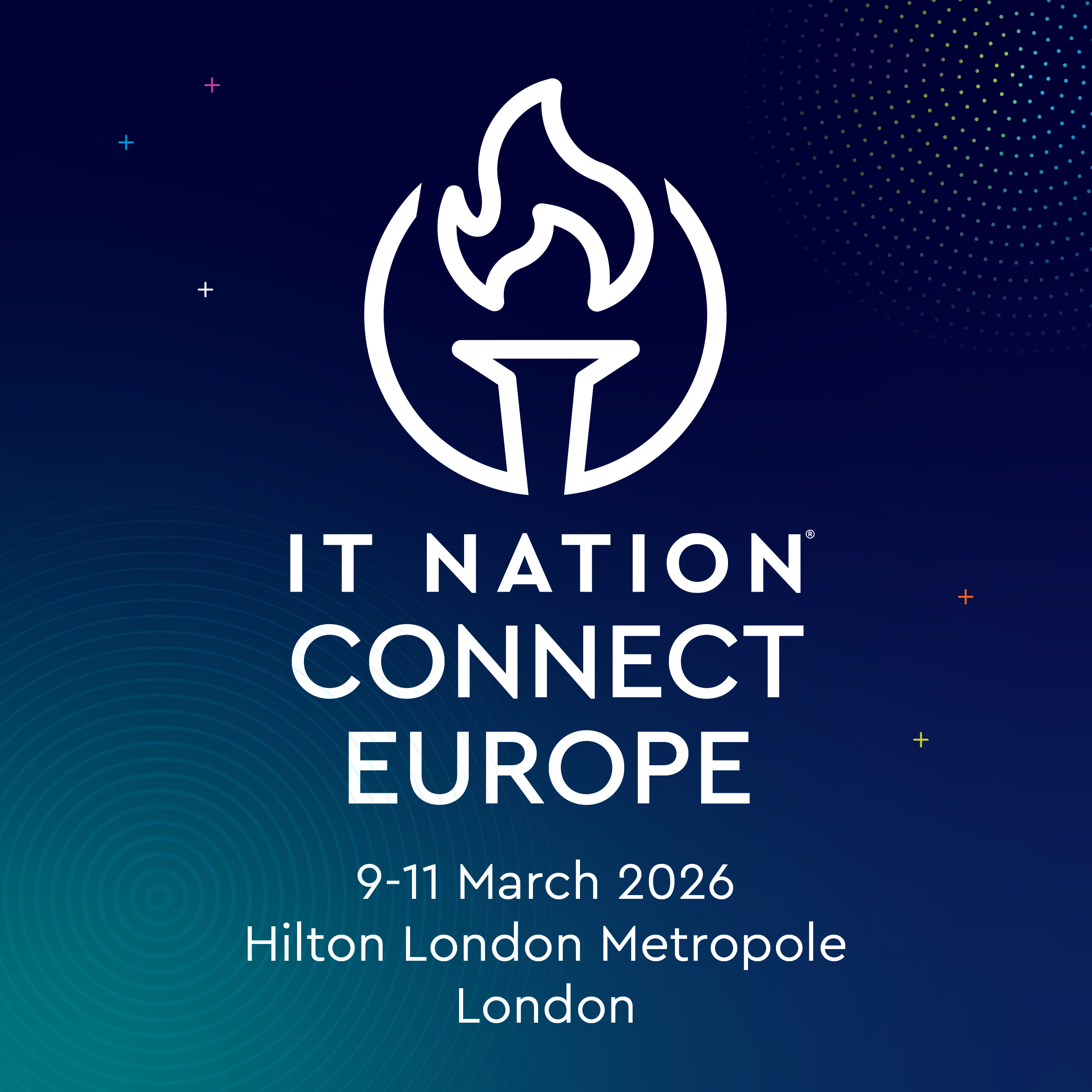What is an IT governance framework? An IT governance framework is a formal program that provides a clear structure for organizations to align IT strategy with business strategy. It plays a critical role in ensuring effective cybersecurity within an organization—from identifying risks and navigating compliance and regulatory requirements to improving incident response and recovery tactics.
In the late 90s and early 2000s, the need for formal corporate and IT governance frameworks for US businesses became increasingly apparent. IT governance practices were first introduced through two key laws and regulations: The Gramm-Leach-Bliley Act (GLBA) and the Sarbanes-Oxley Act after several high-profile corporate fraud and deception cases.
Understanding the complexity of governance and compliance regulations is critical for your clients’ overall success. As you support your clients’ IT initiatives, invest in deepening your own understanding of IT governance frameworks so you can successfully advise your clients on best practices.
What does an IT governance framework do?
With IT governance infrastructure, companies can align IT strategy with business strategy. By implementing a formal framework, organizations strengthen decision-making, accountability, and risk management.
Today, organizations face a number of compliance and regulatory challenges surrounding the protection of confidential data, financial information, data retention, and disaster recovery. With an effective IT governance and management framework, organizations can establish clear lines of responsibility, define standard policies and procedures, and establish mechanisms to monitor and control IT activity.
IT governance frameworks typically include four key components:
- Policies
- Procedures
- Controls
- Metrics and Key Performance Indicators (KPIs)
At its core, an IT governance framework includes one or multiple processes that empower an organization to manage risk, improve security, and operate at its most efficient. Because an IT governance framework is a flexible methodology, it is best customized to meet the unique needs of a specific industry.
Example IT governance frameworks
Most organizations leverage a framework that has been developed by industry leaders and utilized by numerous organizations. Understanding the variety of different IT governance programs is essential to making accurate and precise recommendations for your clients.
Some of the most commonly used IT governance framework examples include:
- COBIT (Control Objectives for Information and Related Technologies): One of the most popular frameworks available, COBIT provides a comprehensive approach to IT governance, control, and audit. It provides 37 different IT processes—and each process is defined by inputs and outputs, objectives, performance measures, and other metrics.
- ITIL (Information Technology Infrastructure Library): ITI offers a set of best practices for IT service management and includes five key protocols—from strategy and design to change management and operation improvement.
- ISO/IEC 38500: An international standard in providing principles, guidelines, and practices for IT governance, ISO/IEC 38500 emphasizes legal and ethical considerations with a company’s use of IT.
- NIST Cybersecurity Framework (US): Developed by the National Institute of Standards and Technology (NIST), this IT governance framework provides key guidance on managing and reducing cybersecurity risks through IT protocols and policies.
- CMMI (Capability Maturity Model Integration): CMMI is a process improvement framework that empowers organizations to enhance their capabilities through software development, project management, and service delivery. CMMI uses a scale of 1 to 5 to determine an organization’s performance, quality, and profitability maturity level.
- FAIR (Factor Analysis of Information Risk): A quantitative risk assessment framework, FAIR focuses on information and cybersecurity risk management. Although FAIR is slightly newer than other models, it has gained traction in recent years.
- Essential 8 (Australia): Developed by the Australian Signals Directorate (ASD) to provide guidelines for mitigating the most common cyberthreats, this consists of eight key strategies that organizations can implement to enhance their security posture:
- Cyber Essentials (UK): This set of basic cybersecurity controls can be implemented to protect against common cyber threats. It focuses on five key areas, built to help organizations their cybersecurity defenses, reduce the risk of cyberattacks, and safeguard their critical assets and sensitive information.
How to choose the right IT governance framework
It’s critical to choose the right IT governance framework to effectively meet your clients’ needs. When choosing an IT governance framework, you should consider several key factors to ensure the chosen framework aligns with needs and objectives.
- Understand your clients’ requirements. Consider your clients’ industry, regulatory environment, and specific governance needs. This includes details and factors such as compliance requirements, risk tolerance, organizational size, and overall business objectives. Just like approaching any project, engage in client discussions and risk assessment to identify key pain points and desired outcomes of an IT governance framework. Equally important is seeing potential cyberthreats for your client’s industry and setting. To see the most prominent threats in the landscape, check out our 2024 MSP Threat Report.
- Consider industry standards and regulations. After gaining a clearer sense of a client’s key requirements, consider overall industry standards and regulations that the client must adhere to. For example, clients operating in the financial sector often tend to leverage frameworks like COBIT or ISO/IEC 38500 due to their alignment with financial industry regulation and compliance.
- Organizational size. Some IT governance frameworks are better suited to small-to-medium-sized businesses, while others are designed for larger enterprise companies. Consider the overall size and sustainability of the IT governance framework for your clients.
- Assess scalability. An organization’s size may change over time, resulting in a need for scalability. Consider how your selected IT governance framework may adapt and determine if it can effectively accommodate current and future growth.
- Evaluate framework adoption and support. Once a framework has been chosen, consider the availability of training materials and community support. Depending on the scenario, some clients may still be responsible for managing parts of their IT governance framework—while in other situations, your team may take the lead.
IT governance frameworks can—and should—be tailored and customized to meet the specific needs of your clients. It’s critical to stay flexible and adaptable when recommending and implementing chosen IT governance frameworks.
Ultimately, with the right IT governance framework, a client and their MSP will benefit from a comprehensive approach to governance, risk management, and compliance.
Best practices for implementing an IT governance framework
What are the best practices for implementing an IT governance framework?
- Clearly define business goals and objectives. Before you implement an IT governance framework for your client’s organization, make sure that the organization’s business objectives and goals are clearly defined. This includes identifying key priorities, determining desired outcomes, and selecting a way to measure success.
- Involve key stakeholders. Engage with your clients’ key stakeholders in both the development and the implementation of the IT governance framework, ensuring that the framework captures all requirements and gains buy-in from those impacted.
- One size does not fit all. Approach the implementation and planning process with an innovative approach to find the best solution for your client’s unique needs.
- Set Key Performance Indicators (KPIs). Define and establish relevant KPIs to measure and monitor the performance and efficacy of an IT governance framework. When setting KPIs, ensure that these align with the company’s overall business goals and objectives. Make time to regularly measure and report on these KPIs at least monthly—identifying new possibilities for improvement and demonstrating the overall value of IT governance.
- Review and update. Building an IT governance framework and approach is an evolving process. As a company grows and changes, the IT governance framework should shift as well. Set time to regularly review and update the framework each year to ensure alignment with new innovations in technology, business requirements, and industry standards.
Solutions for IT governance framework implementation
When implementing IT governance frameworks, you can leverage various tools—including IT Service Management (ITSM) and Governance, Risk, and Compliance (GRC) software.
IT Service Management (ITSM) software: Utilizing ITSM software provides a structured approach to managing IT services and processes, helping you streamline and automate IT operations in alignment with any governance frameworks.
Key benefits of using ITSM software when implementing IT governance frameworks include:
- Standardizing processes: With ITSM software, businesses can rely on predefined workflows and best practice templates. This streamlines your role to standardize processes and create consistency within the IT governance framework.
- Managing requests and service catalogs: ITSM will help you create a service catalog and implement various request management capabilities, ensuring that IT services are delivered in a timely, compliant manner.
- Managing incidents and problems: ITSM tools help to boost effective incident and problem monitoring and management. You can facilitate the timely resolution of incidents, analyze the root cause, and promote continuous improvement.
- Reporting and analytics: Many ITSM tools offer a breadth of reporting and analytics capabilities, which allows your team to monitor KPIs, track compliance, and generate actionable insights.
Governance, Risk, and Compliance (GRC) software: GRC software empowers you to streamline and automate governance, risk management, and compliance processes. GRC management is a traditionally tedious and complicated process—however, with the support of GRC software, streamline audit processes and manage compliance with ease.
Key benefits of using GRC software include:
- Assessing and managing risk: With GRC software, identify and assess associated risks with your clients and develop mitigation strategies to support decision-making in the future.
- Managing policy and compliance: GRC software offers a centralized repository to visualize cybersecurity or compliance data. This streamlines the development of key policies and automates compliance assessments and reports.
- Audits and documentation: With GRC software, streamline the process of audit preparation and execution—including audit trail documentation, evidence gathering, and reporting.
- Industry-agnostic: GRC software offers multiple industry frameworks, such as HIPAA, NIST, CMMC, and other compliance and regulatory requirements.
As you prepare to protect and mitigate risk for your clients, implementing an IT governance framework can be a critical tool in your arsenal against cybersecurity threats. In today’s digital world, simply leveraging one tool is not enough. Organizations need a multi-pronged approach to cybersecurity, resulting in improved visibility and control, continuous monitoring, and strengthened efficiency.
ConnectWise’s cybersecurity management solutions combine advanced threat detection monitoring, incident response, and risk assessment tools to help MSPs provide superior service without the in-house costs. Watch an on-demand demo today to take the first step toward advancing your cybersecurity practice.















